Plumber in Page
Mountain High Plumbing is proud to have been a household name in Page since 1994. Our family-owned plumbing company comes from humble beginnings, starting with Jim Velez, Sr. and his wife, Alana starting the company nearly 30 years ago and their son, Jimmy later joining the family business. With Jim Sr. and Jimmy's diverse skill sets, our local, family-owned business consistently delivers top-notch service to our customers. At Mountain High Plumbing, customer satisfaction is always guaranteed.
Our Page plumbing company has been dedicated to achieving excellence from the very beginning, which has contributed to our outstanding reputation. Our unique approach blends decades of experience with exceptional workmanship and competitive pricing. Our team of insured, bonded, and licensed plumbers is known for its trustworthiness and integrity. Including only committed, knowledgeable, and diligent individuals, we are confident that you will find their service unmatched. We're eager to demonstrate why we're the leading plumbing business in Northern Arizona, so don't hesitate to contact our Page plumbing service today!
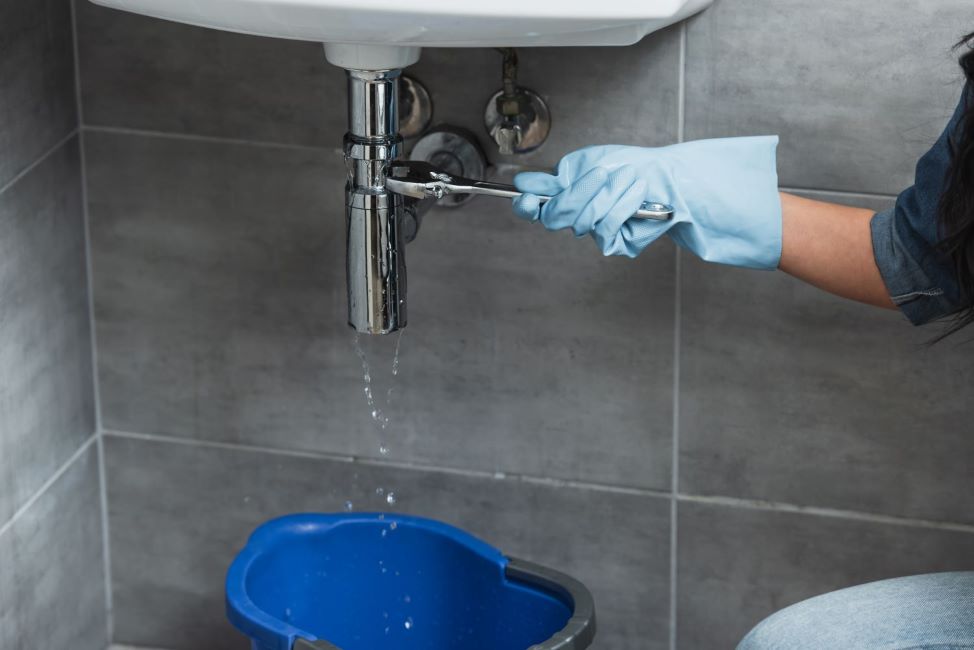
Dealing with Pipe Leaks
If any of these scenarios sound familiar, read on to explore the likely causes.I hear a ticking or banging noise in my pipes, especially when I use hot water.
Pipe joint damage is a frequent occurrence due to the complex nature of these joints and their constant exposure to water flow. Issues can arise from factors like high water pressure, aging, and extreme temperatures, often requiring the replacement of these joints.I have noticeable water supply problems or my water is draining slowly.
Calamities such as floods, earthquakes, and other natural disasters cause the ground to shift and move. Pipes can consequently bend, separate, twist, or crack. Inspections and thorough plumbing repairs must take place when these disasters strike.My drains are clogged, toilets are overflowing, or pipes have burst but aren’t frozen.
Gutter debris, hair, an air handler drain pan obstruction, chemicals, and a variety of other items might clog your plumbing lines. Severe obstructions can cause serious, time-sensitive plumbing issues.I have a water leak in conjunction with a running toilet, damaged appliances, and/or a high water bill.
Pipes are engineered to withstand numerous challenges, but excessive water pressure can lead to leaks or even bursts. Our diagnostic testing will include checking your household water pressure to rule out (or avoid) a problem.I have wet areas or a sinkhole in my yard, an extreme drop in water pressure, and/or trees close to my home.
The intricate root systems of trees can readily obstruct residential water lines. Plumbers must conduct thorough pipeline inspections and promptly address any invasive root growth as soon as it is detected.Water is pooling near my appliance(s).
If you notice condensation on the appliance along with this issue, it's probably due to deteriorated or damaged rubber seals around the connections. If the problem comes with water leaking from the supply line, it's likely caused by damaged or loose water connectors between your water supply and the appliance, possibly due to shifting or wear and tear. These issues can be challenging to diagnose and fix on your own, so don't hesitate to reach out to Mountain High Plumbing for assistance.I've noticed damage to my pipes or fixtures.
When a fixture is physically impacted, it can crack, necessitating immediate repairs.I have a sudden, extensive, and emergent pipe leak.
Plumbers can’t all be the best, and the unfortunate truth is that badly installed pipes can lead to major problems for homeowners. A professional, such as those at Mountain High Plumbing, must precisely and meticulously install each pipe and connector. Don't hesitate to call us at (928) 774-3593 for 24-hour emergency plumbing services, and we'll work to resolve this messy and potentially damaging situation.My water has noticeable discoloration, smells foul, or tastes bad.
Galvanized steel pipes typically have a lifespan of around 20 years, while brass pipes can last for approximately 70 years. As pipes and plumbing components age, they can deteriorate, corrode due to mineral buildup or pH imbalances, or start to rust. If these problems are not addressed, you may also encounter issues like pipe damage and leaks. Therefore, it's essential to get in touch with your trusted plumbing professional without delay.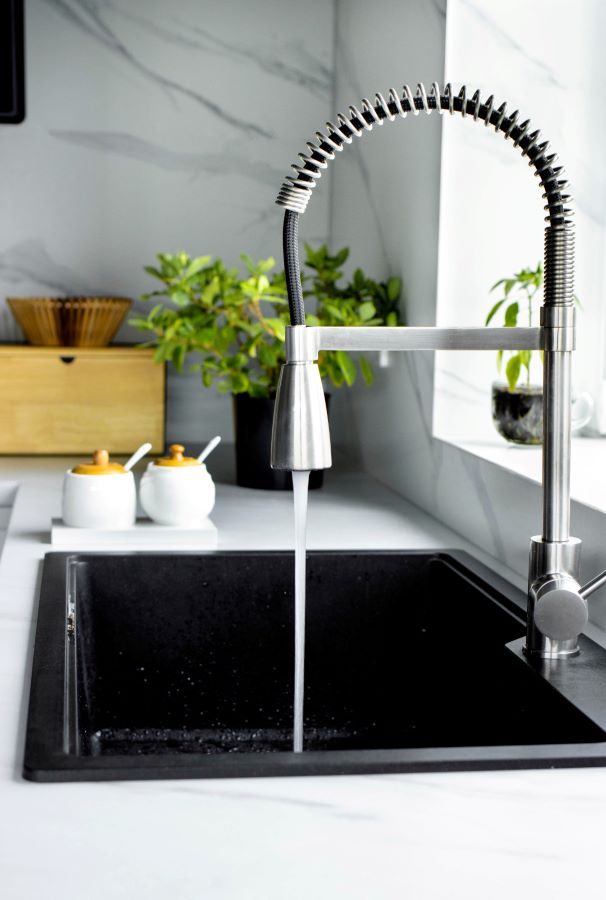
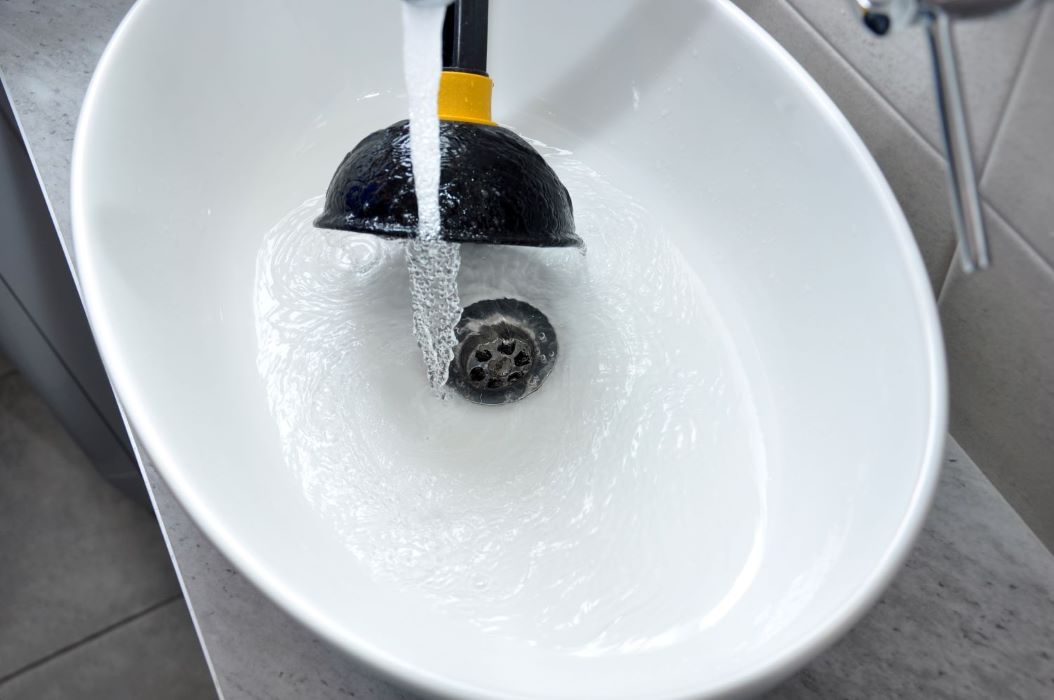
Dealing with Bathroom Sink Problems
There are several typical sink-related issues, and many of the following remarks apply to homeowners who have these easily identified problems.My drain stopper isn't functioning properly.
Stoppers play a vital role in ensuring your drain opens and closes effectively. If the stopper has a loose nut or is damaged, it won't function correctly and should likely be replaced.My drain is slow or clogged.
First, check your drain stopper to see if there is buildup under the drain opening on the horizontal pivot rod. If the stopper looks okay, the obstruction is most likely caused by soap scum or hair. For a proper diagnosis and repair, it's advisable to reach out to Mountain High Plumbing.My faucet is dripping.
The probable culprits for this problem include a worn-out washer, corrosion, regular wear and tear, a faulty valve seat, or a damaged o-ring. Our experts will diagnose the issue and make prompt repairs as needed.My sink is smelly.
If you smell rotten eggs, you most likely have a microbial infection in the sink overflow passage or drain. These infections are often treatable with 3% hydrogen peroxide. If this does not remove the odor, please contact us.My sink caulking is coming off.
Caulking around sinks can mold, mildew, peel, or crack due to continuous exposure to water. We recommend re-caulking every five years.Dealing with Frozen Pipes
When and where might my pipes freeze?
The highest risk of pipe bursts occurs with prolonged exposure to severely low temperatures, where water can freeze in as little as six hours. The greatest danger is when temperatures drop below 20 degrees, although pipes can generally freeze when it's below 32 degrees. The most common areas for pipe freezing include exterior walls, attics, and crawl spaces.What proactive steps can prevent frozen pipes?
To reduce the chances of frozen pipes and the problems that come with them, our insured plumbers suggest several preventive steps. Leave the cabinet doors under your sinks open and maintain an indoor temperature of 55 degrees or higher to ensure the pipes stay warm. Before the onset of freezing temperatures, remember to shut off outdoor spigots and drain the lines. Make it a practice to use your faucets regularly and allow a small amount of cold water to flow from a distant faucet to maintain circulation. Seeking advice from your plumber on insulating your water tank and pipes is a prudent choice, too. By following these guidelines, you can keep your plumbing in good working order during cold weather.How can pipes be insulated?
Because each property has a unique plumbing design, your plumbing contractor will begin by determining the best strategy for insulating your pipes. This frequently includes choosing a suitable insulating material (which may also include heat cables or heat tape) to protect pipes in crawl spaces, unheated attics, or exterior walls. By contacting our plumbing service in Page and following these methods, your pipes will be better prepared to withstand cold weather, lowering the chance of bursting or freezing.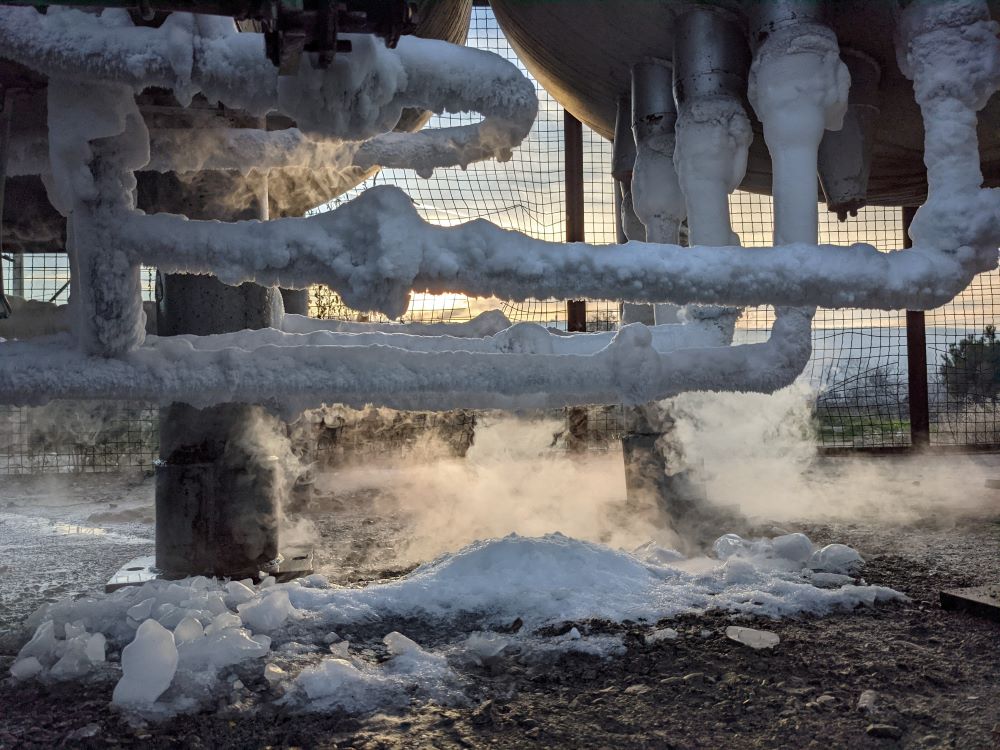
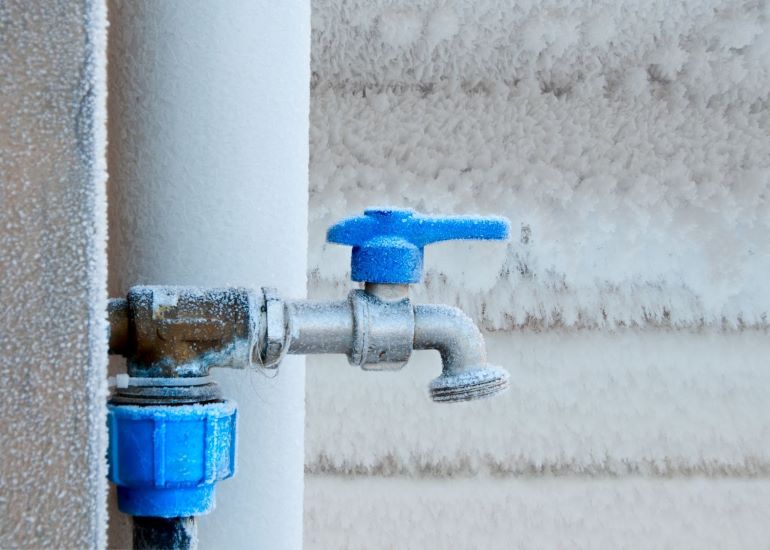
My pipes are frozen - what do I do?
In the event of frozen pipes, the top priority is to promptly shut off the main water valve. Then, you have two options: you can contact Mountain High Plumbing for assistance, or you can attempt to thaw them on your own. If your water meter freezes, your only option is to call your water company, as serious damage can occur otherwise. To avoid an expensive and complicated plumbing repair, it's critical to be logical and proactive.How can I thaw my frozen pipes?
Prior to starting the process of thawing your own pipes, it's essential to be aware of potential risks, which include water damage, the likelihood of cracks or melting if the plumbing is overheated, and other related issues. If you lack confidence in attempting this task on your own or suspect a pipe may have burst or cracked, we strongly recommend that you reach out to our 24/7 plumber immediately at (928) 774-3593. While you can also consider following the guidelines below, it's important to contact your emergency plumber if these methods fail to resolve the plumbing problem. Rest assured, Mountain High Plumbing is honored to provide assistance during your time of need.- Have a discussion with your neighbors. If they describe the same problems, it could suggest a water main break rather than frozen pipes.
- Turn off the main water supply.
- Open all the faucets in your home.
- Carefully use a blow dryer to warm the pipes, taking precautions to avoid any flammable materials.
- Gradually turn the water supply back on and thoroughly assess. Check for pooled water, which could indicate a cracked or burst pipe, as well as any visible cracks or leaks.
Dealing with Shower Problems
If any of the following statements apply to you, keep reading to find out what the most likely explanations are.My shower head is dripping.
The accumulation of minerals like magnesium, calcium, lime, and silica due to hard water can affect your shower head, often showing as visible white lines. Address this by soaking the shower head in vinegar. On the other hand, faulty gaskets can also be a culprit for shower head problems. If you need assistance with gasket replacement or any other shower head-related concerns, feel free to reach out - we're here to help.There's a foul odor coming from my shower drain.
Seldom-used bathrooms might smell because gas begins to escape from the shower drain P-trap as it remains dry. In frequently-used bathrooms, the issue might involve sewer gas, bacteria, or mold. We can assist you in quickly and easily getting through this unpleasant circumstance.My shower drain is clogged.
Shower drains can become clogged by foreign objects, hair buildup, soap scum, or even a deeper issue like a damaged pipe. Our plumbing professionals advise against using drain cleaning chemicals since they can cause even more significant problems. Instead, you can attempt to clear the blockage with a plastic drain cleaning tool. If your own attempts don't prove successful, our team can step in with professional tools to assist you.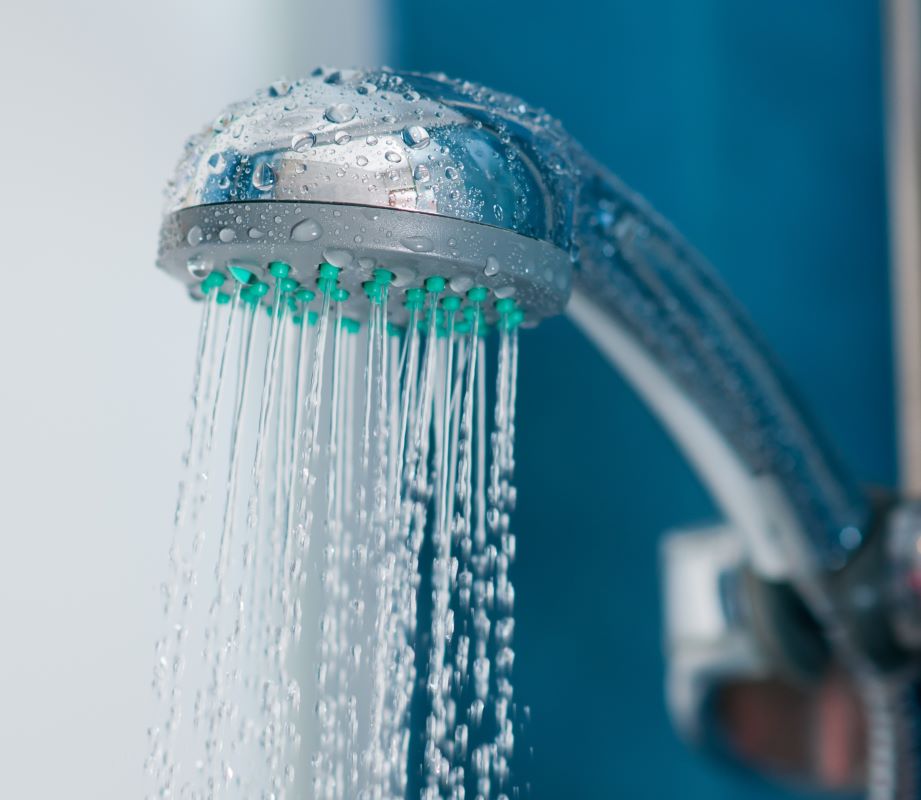
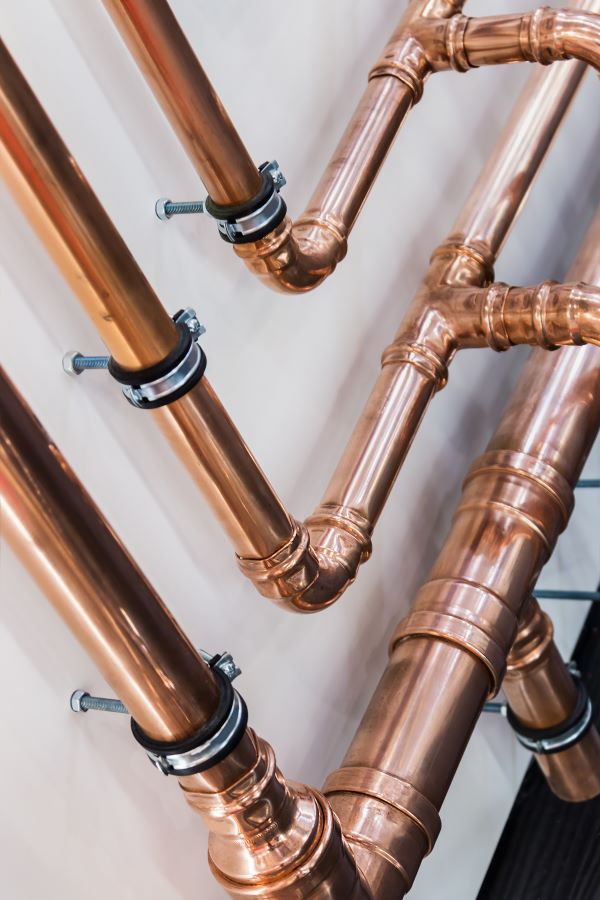
The Top 5 Most-Used Plumbing Pipe Materials
Cast Iron Pipes
This piping material is deemed obsolete due to a number of downsides, including the fact that it causes several difficulties that can be costly for homeowners, readily corrodes, inevitably leads to sewer backups, and deteriorates gradually. While it was once a common choice valued for its practicality, damage resistance, and durability, our plumbers near you often come across it in sewer drain lines of homes built during the '70s and '80s.PEX Pipes
This type of piping comes in three colors, which each serve different purposes: red for hot water, blue for cold water, and white for water of any temperature. Our skilled local plumbers value PEX piping for its exceptional durability, flexibility, and practicality, making it suitable for a wide range of applications. It's also known for its rigidity, affordability, and expandability, providing a cost-effective solution for diverse plumbing needs.Copper Pipes
Copper pipes, celebrated for their ease of cutting, remarkable durability, and chemical stability, are a popular choice for household fixtures like sinks, showers, and tubs - albeit at a premium cost compared to other options. They are also frequently utilized for residential water lines.CPVC (Chlorinated Polyvinyl Chloride) Pipes
CPVC pipes have their drawbacks. They fall short in tolerating high temperatures, making them less ideal for regions with temperature fluctuations. They come at a price nearly double that of standard PVC options, and their brittleness is another downside. Nevertheless, this robust polymer, despite its limitations, boasts quick installation and non-corrosive properties, outperforming copper piping in these specific aspects.PVC Pipes
PVC piping is often favored over galvanized steel piping because it is more durable and less expensive. This sort of piping is commonly used for waste lines and is a popular material choice, but it cannot withstand highly pressurized water.All About Gas Piping
Gas piping systems utilize pressure to transport natural gas to a location. Natural gas moves through a network of pipelines from high-pressure areas to low-pressure areas. It passes through a pressure regulator, then into your distribution system, and ultimately into your home. The journey commences at mainlines and continues through service lines, which are owned by gas utility companies. Everything downstream on your property is your responsibility. When a gas stove or furnace is activated, the gas pressure slightly exceeds the air pressure, enabling the heating unit to ignite. The most common gas piping materials are:
Copper
Certain municipalities have prohibited the use of copper pipes entirely due to their limited average lifespan of around two decades and strict code regulations that restrict their usage in various areas.
Galvanized Steel
Galvanized steel has become less common in modern construction and is predominantly found in older buildings due to its significant labor requirements. It is a strong and energy-efficient piping material that is commonly used for water supply and both interior and exterior gas lines.
PVC
Many plumbers prefer PVC gas pipes for their cost-effectiveness, although they are prohibited in some areas due to their susceptibility to breakage during installation. They are a budget-friendly choice for underground exterior pipelines, thanks to their resistance to corrosion and remarkable durability.
Black Iron
This material is the recommended choice for both indoor and outdoor gas pipelines. It ensures an airtight seal due to its longevity, strength, and heat resistance. However, black iron corrodes over time, and the sealer used to protect it deteriorates. Regular maintenance is strongly advised if your gas system is dependent on this material.
HDPE
While natural objects like rocks or tree roots can easily damage this material, plastic lines, such as HDPE, offer flexibility and affordability. Similar to PVC, HDPE demonstrates its reliability as an excellent option for buried outdoor pipelines.
Flexible Corrugated Stainless Steel Tubing
Flexible corrugated stainless steel tubing is easy to install, but is more susceptible to cracking, which makes it most suitable for indoor gas piping applications. These flexible tubes offer significant advantages in confined spaces or areas prone to disasters.
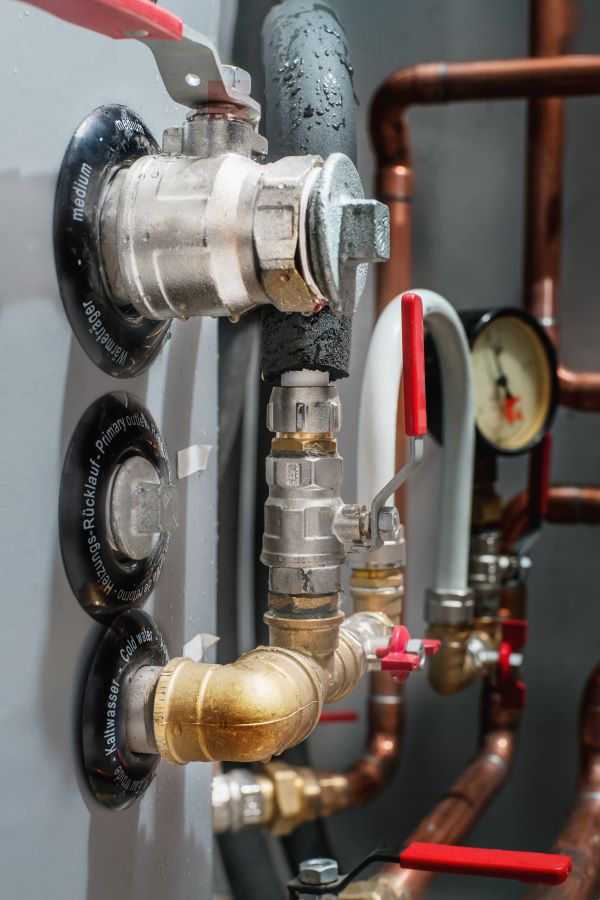
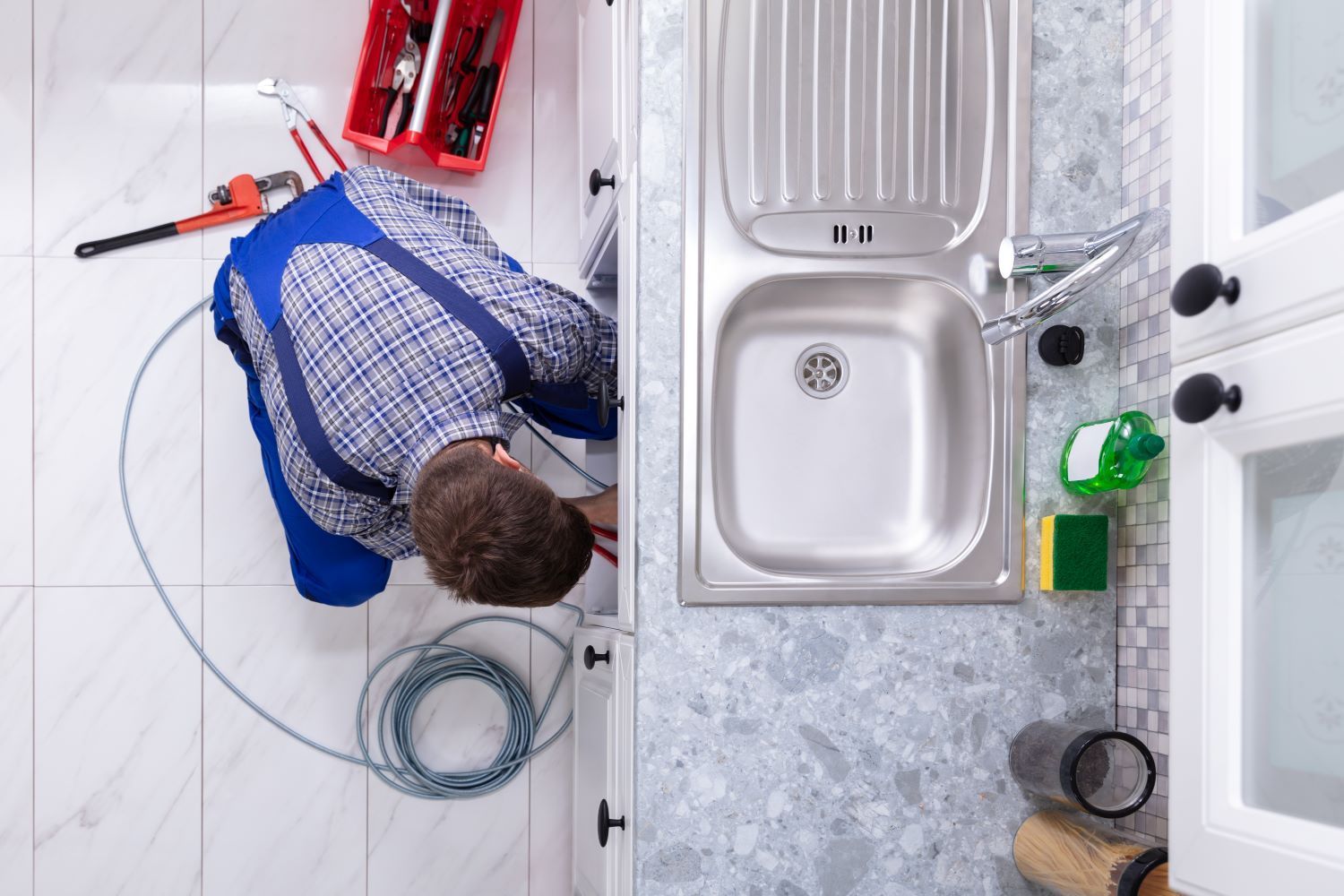
Dealing with Kitchen Problems
If any of these scenarios sound familiar, let's look into the possible causes.
My sink is draining slowly.
Kitchen drains are frequently obstructed by food particles, foreign items, grease, or soap scum. Your reliable plumber may have to clear the blockage using a plumbing snake after accessing your drain trap.
There is a leak in the cabinet under my kitchen sink.
This kind of leak is often a result of a defective drain pipe joint. In some cases, we've noticed water supply connections failing, leading to leaks. Human error can also be a contributing factor, especially when hand-tightened fittings at the connection points between faucets and water supply pipes aren't properly secured. If your seals or caulking are worn or damaged, splashed water might also be seeping into the cabinet below. The good news is, we can help you diagnose and resolve any of these common issues.
My kitchen faucet is leaking.
Most kitchen faucets feature a single-valve cartridge to control hot and cold water flow. If you're experiencing a dripping faucet, it's possible that you need to replace this cartridge.
<h4><a id="post-131-_3qv27y4wrpc9"></a>All About Whole Home Water Filtration</h4>
For the sake of safety, city water undergoes treatment methods such as pre-filtration, activated carbon, and copper-zinc KDF treatment. Water filters in the home are crucial for removing impurities such as heavy metals, hard minerals, and chemicals. Filtered water improves health while also extending the life of appliances, faucets, and piping.
Choosing a whole-house water filtration system is a smart decision that comes with numerous advantages. It ensures you have access to safe and delicious drinking water, eliminating concerns about contaminants and saving money on bottled water, all while reducing plastic waste. Moreover, the filtration system helps prevent limescale and mineral buildup, minimizing potential plumbing problems and costly repairs. Bid farewell to skin irritations, decrease soap waste, and experience cleaner and softer clothes. In summary, investing in a whole-house water filtration system elevates your quality of life, environmental awareness, and remains budget-friendly.
Dealing with Toilet Problems
Our local plumbers in Page are delighted to offer expert guidance on addressing many common toilet issues.
I have a water supply leak.
Signs of this problem include a steady increase in water bills, pooled water, diminished water flow, or noisy pipes. When you've turned off your water source, reach out to our plumbing service for assistance in preventing more severe and far-reaching complications.
My toilet is clogged or flushes slowly.
Begin by trying to clear the clog using a plunger. If a plunger proves ineffective, you might be dealing with a challenging clog that requires a plumber to employ a plumbing snake. Over time, as a toilet accumulates debris, rust, lime, or calcium buildup, its flushing efficiency can diminish. In such cases, your Page plumbing contractor can resolve the problem by installing a new toilet.
My toilet won't stop running.
A flush valve leak at the base of the toilet tank is possible. A crooked or faulty fill valve could also be to blame.
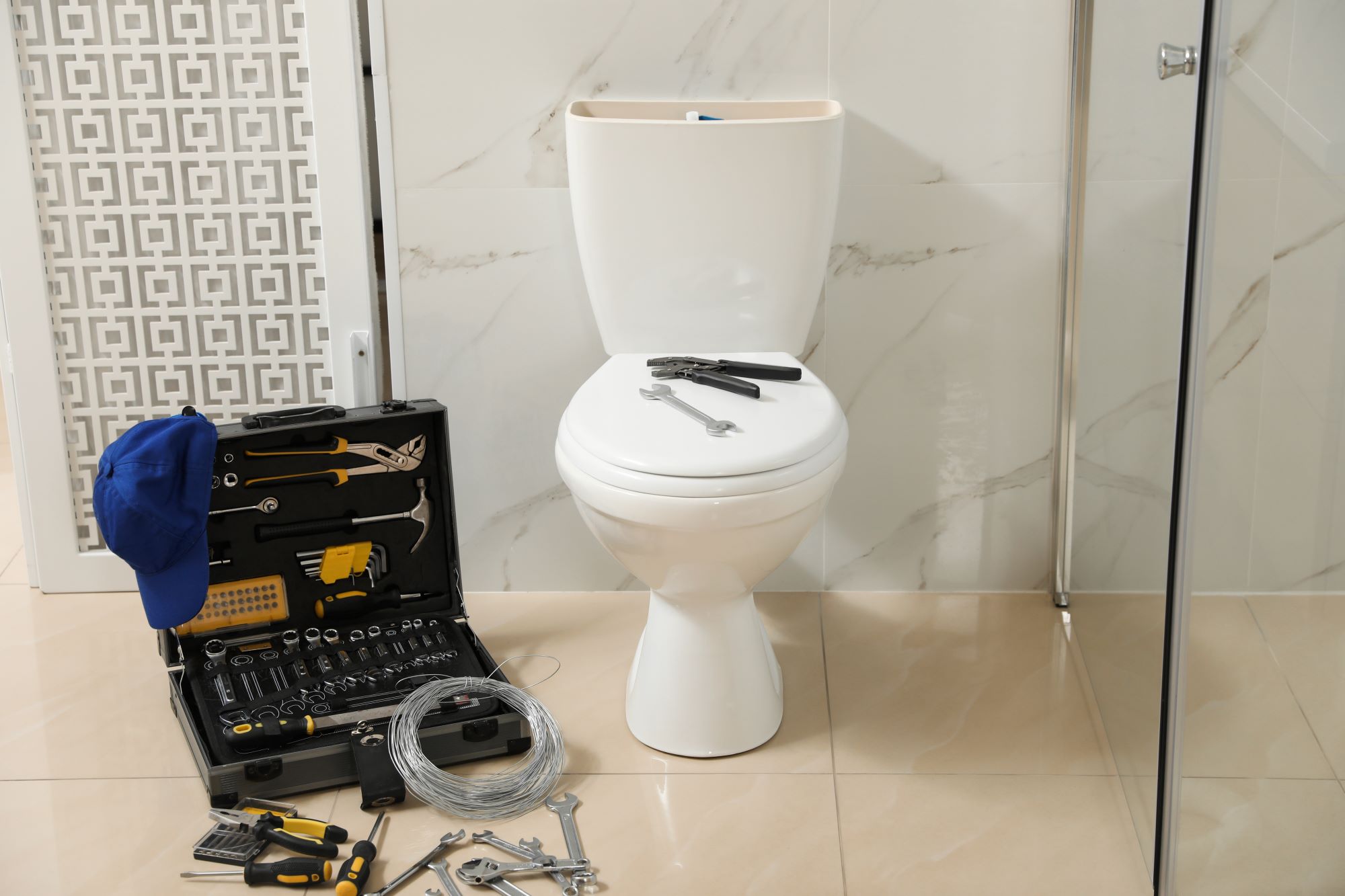
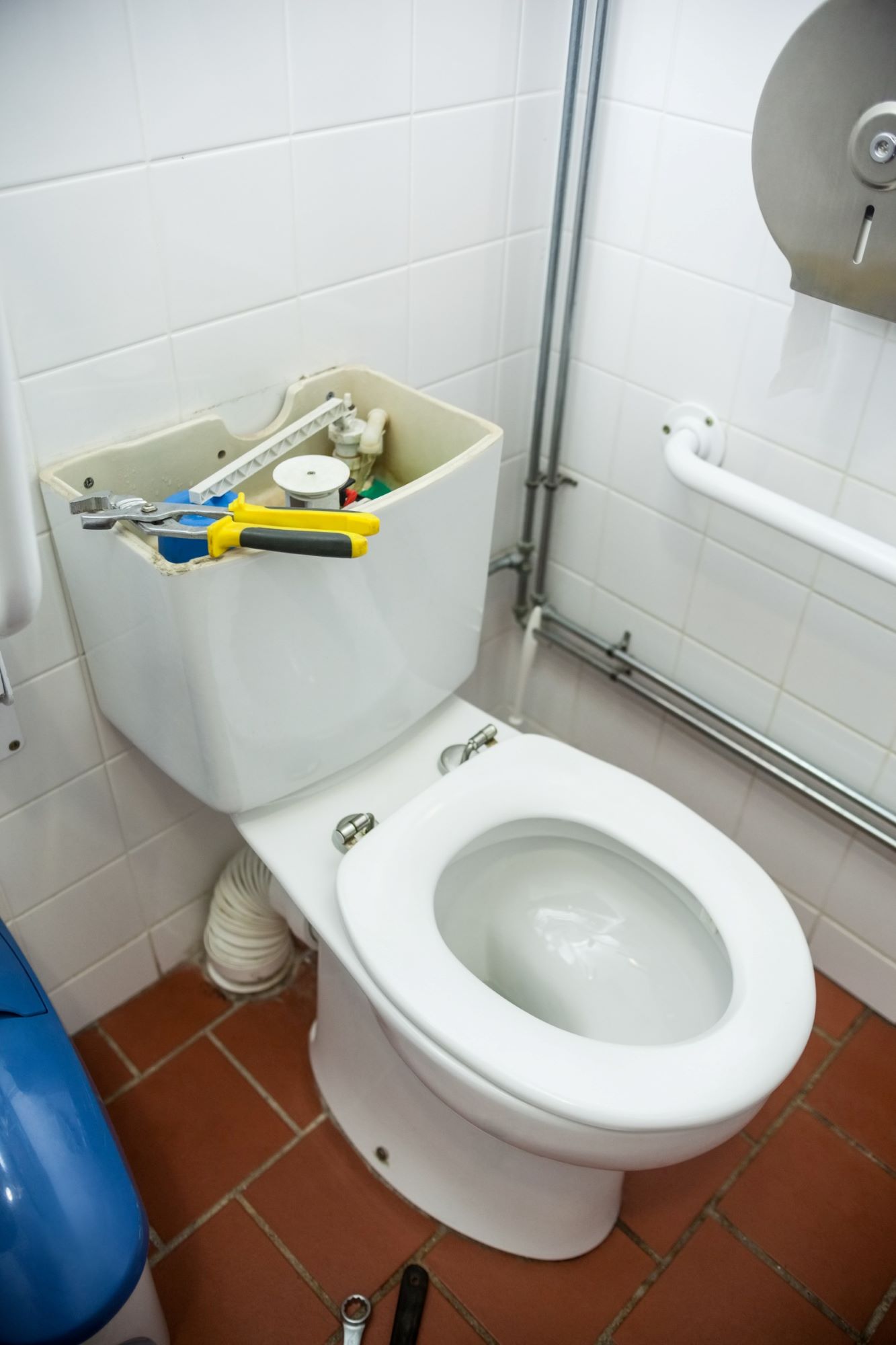
I need a new toilet installed.
When it comes to toilet installations, our skilled plumbers are true pros. We'll start by saying goodbye to your old toilet. Following a thorough inspection of the flange and the installation of a fresh wax ring, we'll carefully position your new toilet. We'll secure it in place using bolts and assemble all the components, including the seat, tank, and lid. If your toilet boasts additional features, like bidets or electrical components, we'll ensure their seamless installation too. We won't consider the job complete until we've conducted comprehensive leak tests and confirmed that everything is in perfect working order. No matter if you're considering a pressure-assisted, one-piece, double-cyclone, two-piece, waterless, gravity-fed, wall-hanging, comfort-height, or dual-flush model, you can rely on our expertise for top-notch installation.My toilet is leaking around the base.
If you notice water collecting around the base of your toilet throughout the day or immediately after flushing, it's likely due to an issue with your wax ring. Whether it's due to poor installation, wear and tear, or a defect, the solution involves draining the toilet tank, removing the entire toilet, and replacing the wax ring. Some more extensive leaks might require a new tank and toilet as well.My toilet is overflowing.
If you encounter this issue, don't hesitate to contact Mountain High Plumbing for prompt plumbing assistance. If you can locate a valve connecting the toilet pipe to the tank, turn it off. If such a valve is not present, simply shut off your water supply until we arrive to assist. This problem signals a significant pipe blockage,, a sewage concern, a full septic tank, or a blockage in the plumbing vent.Water is leaking at the point where the toilet tank and bowl meet.
If you observe this issue, your plumber will be required to drain the tank, detach it, and replace a gasket.The Power of Hydro Jetting
Hydro jetting is an innovative method that involves completely cleaning a plumbing system using a high-pressure, one-of-a-kind water hose. The process begins with an initial examination, during which a sophisticated camera is used to find any pipe damage that would prevent us from hydro jetting your system. We'll start the hydro jetting service once we've confirmed that your system is devoid of damage. We will place the high-pressure line with care and connect it to a professional-grade water tank. We must also select the ideal insertion position, which is an important step in and of itself.
We set out with the power of gravity, our durable hose, and a mighty surge of water to get the job done. This effective and coordinated combination propels water through your plumbing at a rapid rate, pushing approximately 20 gallons per minute. Water rushes through backward-facing jets, propelling the nozzle through the pipes, while a forward-facing jet aids in debris removal. Hydro jetting stands as an exceptional method for eliminating mineral buildup, grease, tree roots, and any other waste that might pose issues in the future. When confronted with a particularly stubborn blockage, your dependable plumbing professionals are likely to recommend this method for the most effective results.
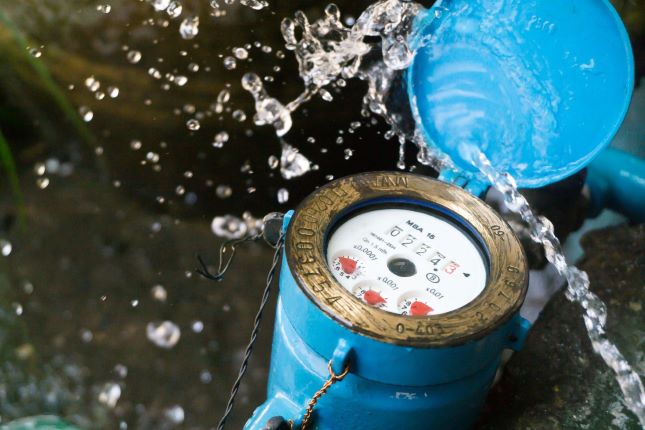
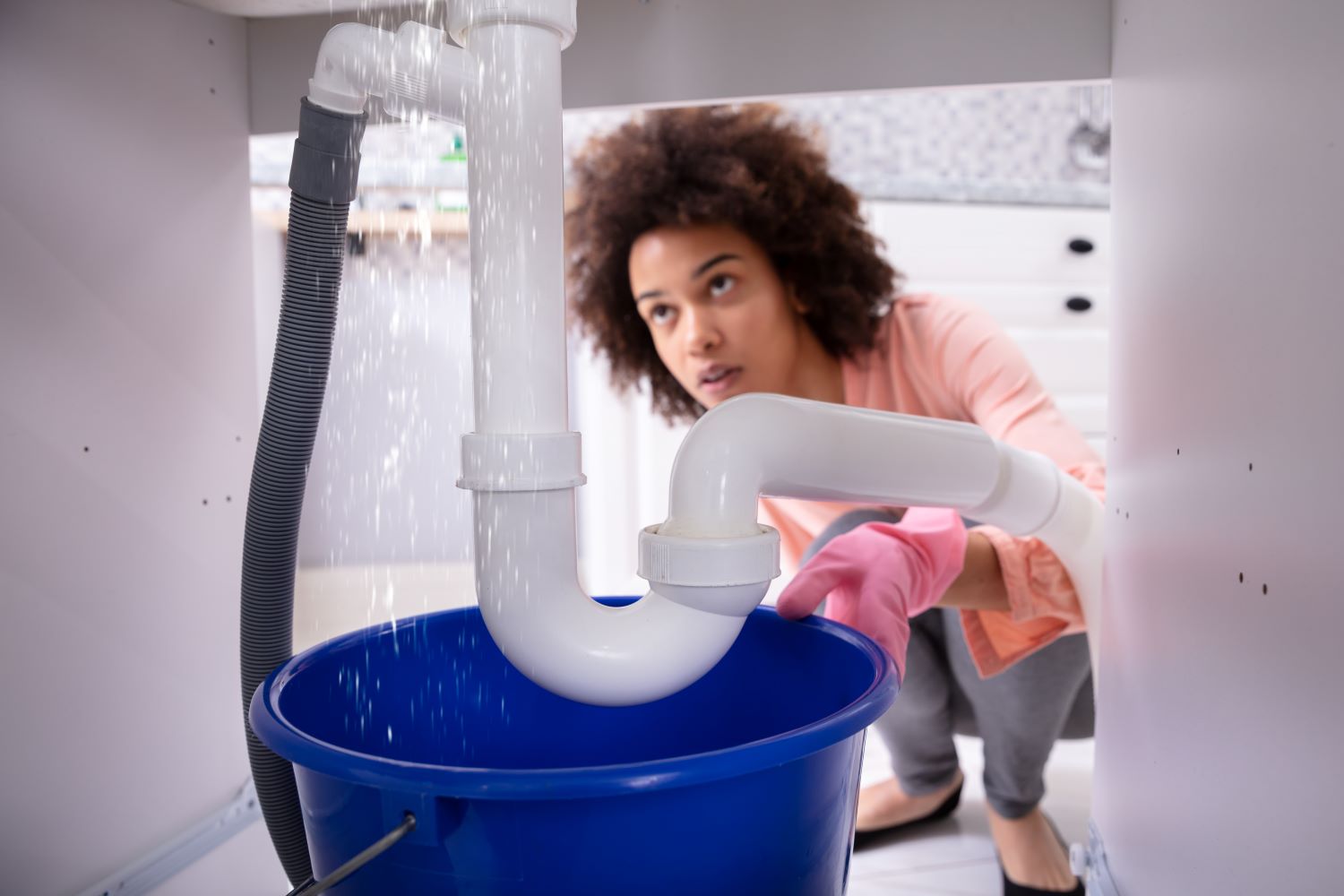
Dealing with Water Pressure Problems
If you can relate to any of these statements, keep reading to explore the potential reasons behind your low water pressure.I’ve noticed wet spots or pooled water on my property.
Leaking pipes misroute water and lead to low water pressure, so these symptoms reveal the need to contact Mountain High Plumbing before the problem worsens.My area has changed the local water pressure regulations.
If you've been in touch with your water supplier and they've confirmed regulatory changes, it's a good time to discuss the installation of a water pressure booster with your plumber. We'll conduct a thorough plumbing inspection to ensure there are no other underlying issues before setting up the booster system.My home has old pipes.
Corrosion is the most likely cause of a water pressure problem if your galvanized steel piping is more than 20 years old, copper piping is more than 50 years old, or brass piping is more than 40 years old. We'll need to inspect the situation and may have to replace some of your pipes.I’m only noticing a water pressure issue with a single fixture in my home.
If you're only experiencing low water pressure in one particular fixture or faucet, the fixture itself is likely the culprit. It might be necessary to have a skilled plumber clear any clogs or buildup, or in some cases, you may need to replace the entire fixture if it's malfunctioning.Neighboring homes or businesses have the same water pressure problem I’m experiencing.
In such a situation, the problem probably lies with your water supplier. Reach out to your water company to report your concerns.My water pressure regulator has no reading or seems inaccurate.
Consider utilizing a water pressure gauge to get a precise reading of your water pressure. If the regulator and gauge do not have the same reading, or if the regulator has no reading at all, the regulator is most likely faulty. For assistance in diagnosing or replacing your pressure regulator, contact Mountain High Plumbing.None of these statements apply to me, but I still have low water pressure.
If you've gone through all the checks you can think of and are still experiencing water pressure problems, it's possible that your water meter valve or the main house shutoff valve isn't fully open. The water meter valve, which is typically owned by your local water company, controls the flow of water into your property. The main house shutoff valve, usually located near the city supply pipe in your home, is equally important. If the main shutoff valve isn't the issue, consider contacting the city to have your water meter valve inspected.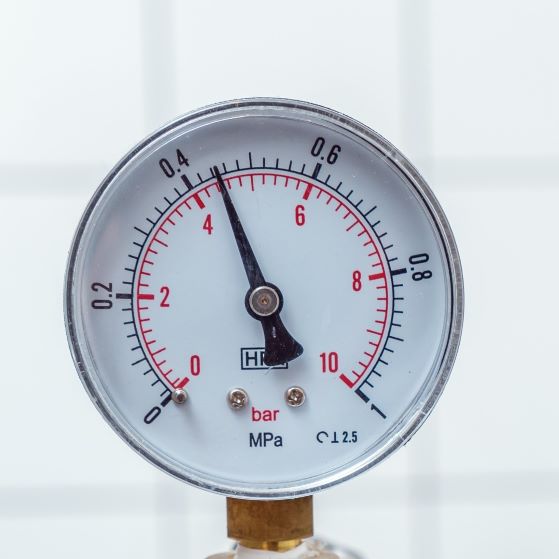
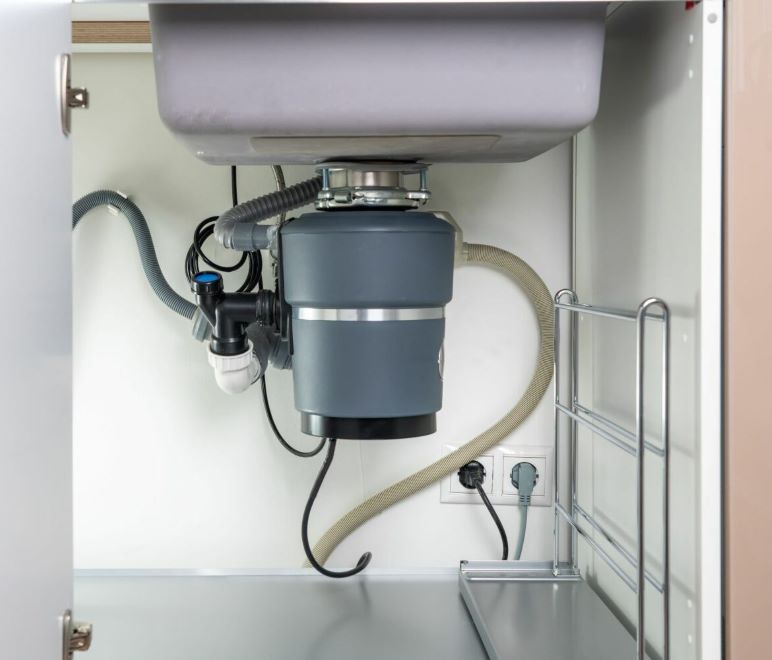
Garbage Disposal Installation
This is the process our experienced plumbers follow when installing garbage disposals:- Carefully turn off the circuit breaker and handle electrical wiring.
- Ensure a proper installation of the drain flange.
- Place the gasket and mounting ring securely.
- Provide support for the disposal and secure it in place.
- Use pipe connections to attach the discharge pipe (P-trap) to the disposal outlet.
- Verify for any leaks by running the disposal and faucet, and tighten any bolts at the mounting and piping connection points.
